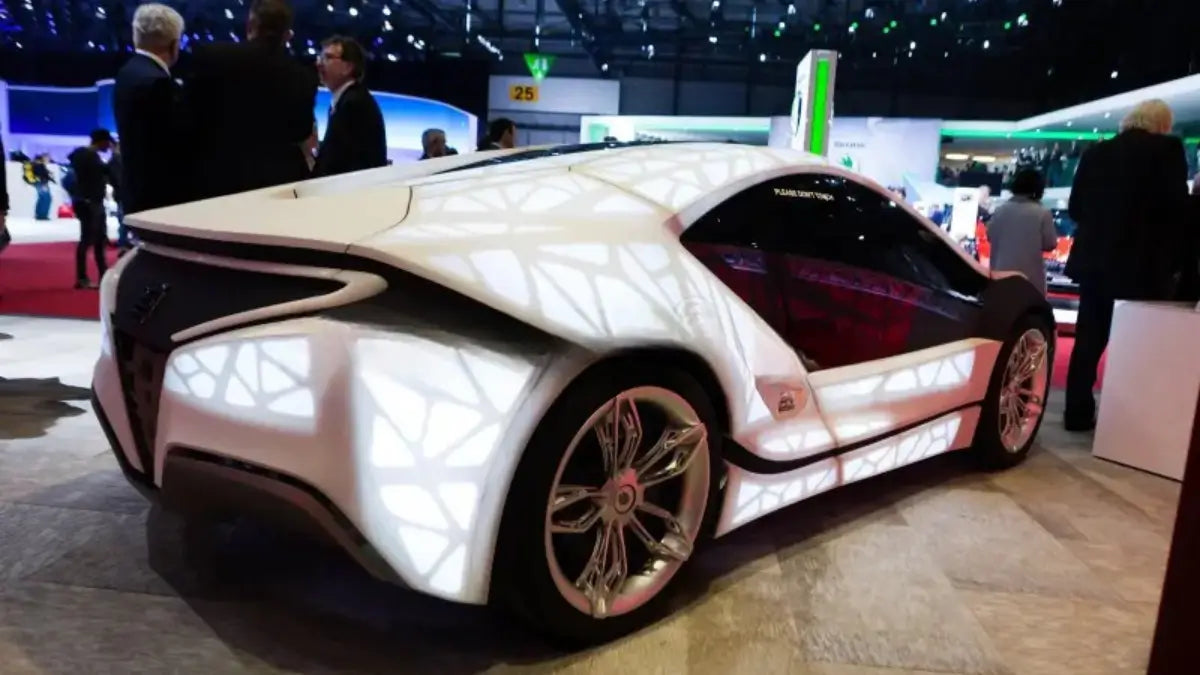Rapid Prototyping Automotive: Smarter, Faster
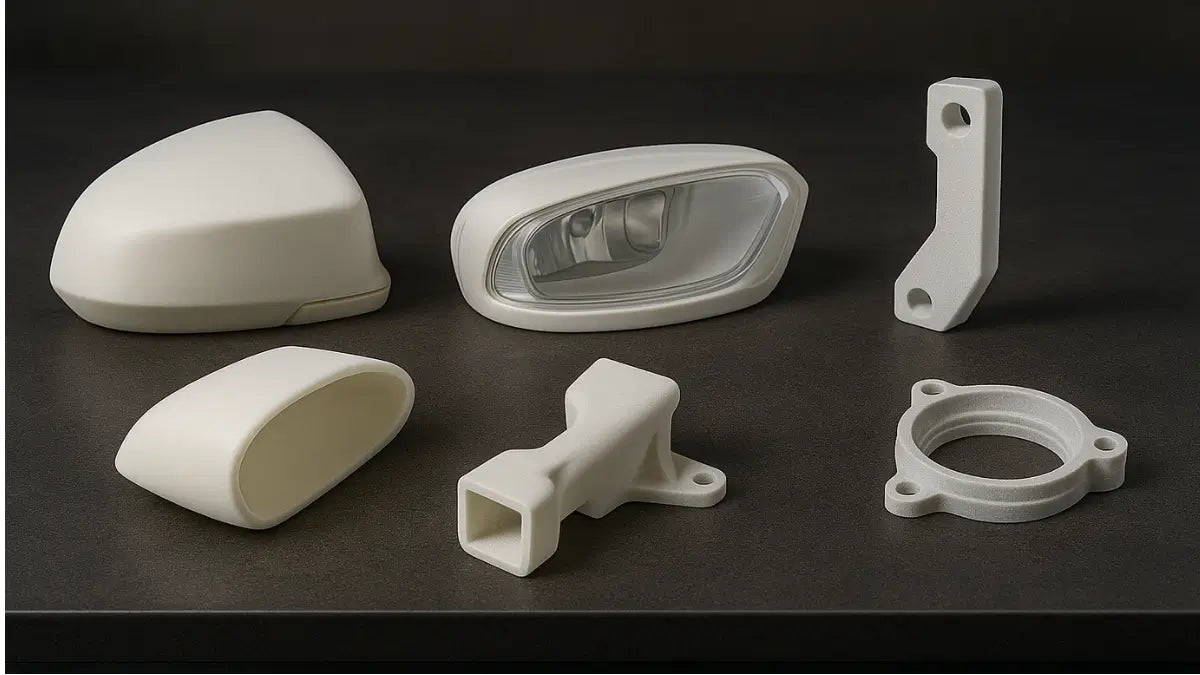
Why Rapid Prototyping Matters in Automotive
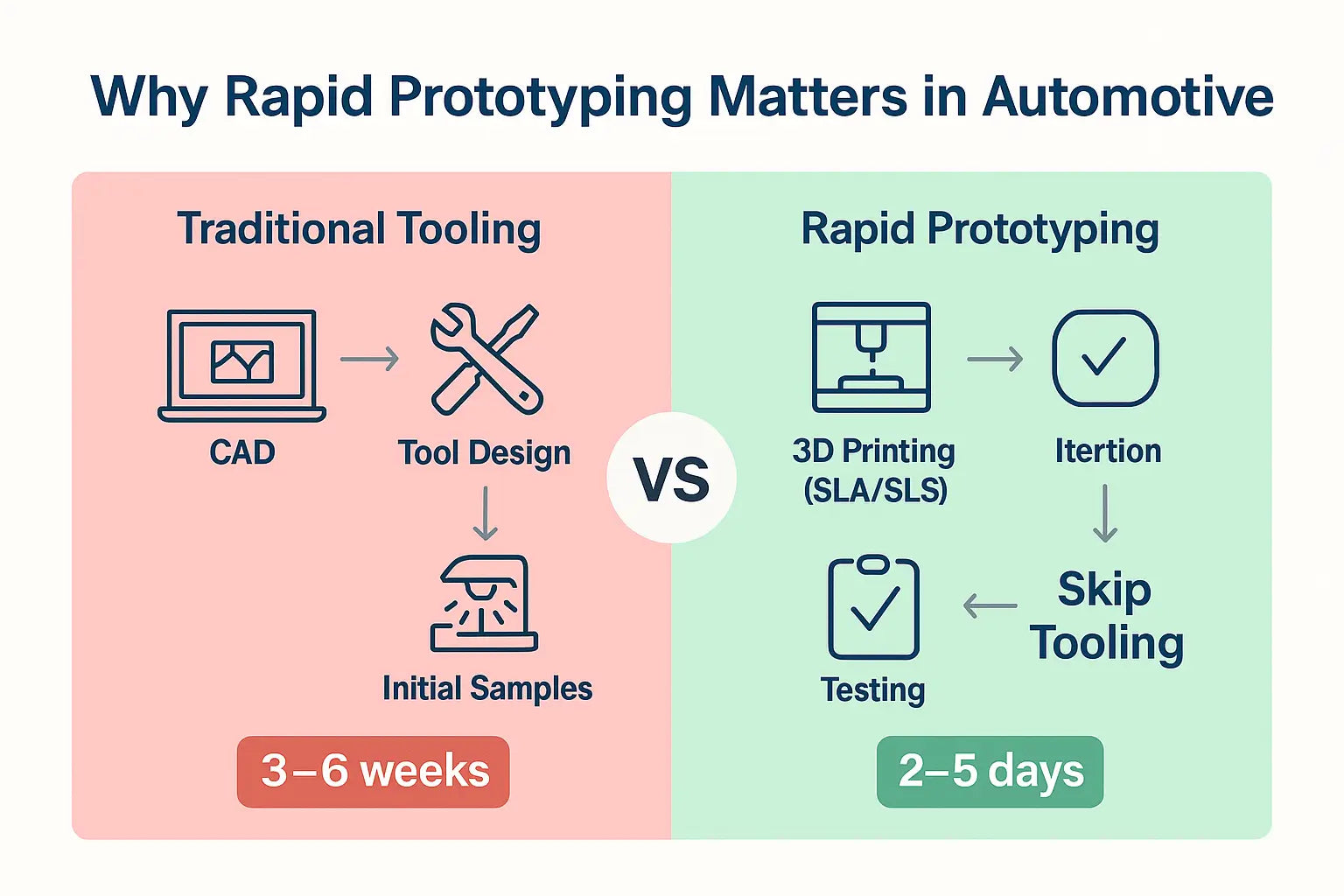
Why Traditional Prototyping Slows You Down
Rapid Prototyping for Key Automotive Parts
Exterior Components
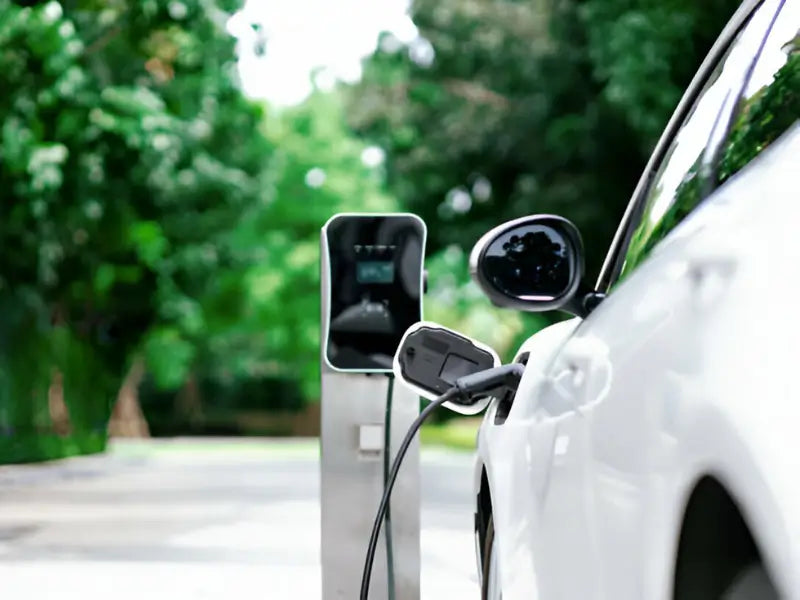
Interior Parts
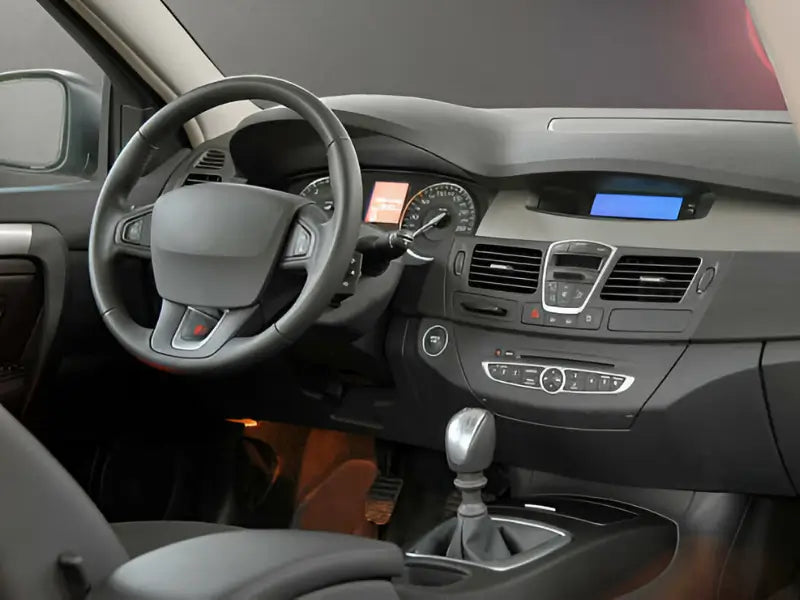
Structural & Functional Prototypes
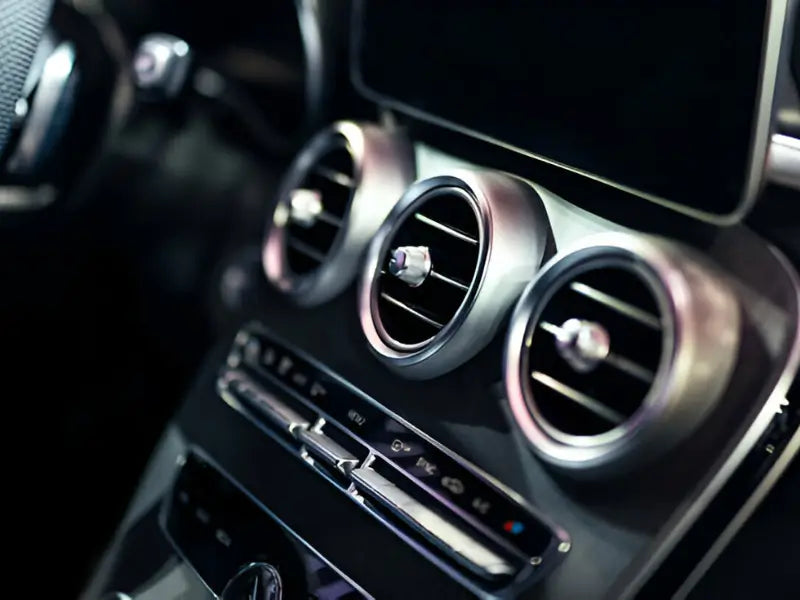
Low-Volume Production & Custom Builds
Best Prototyping Methods for Automotive Parts
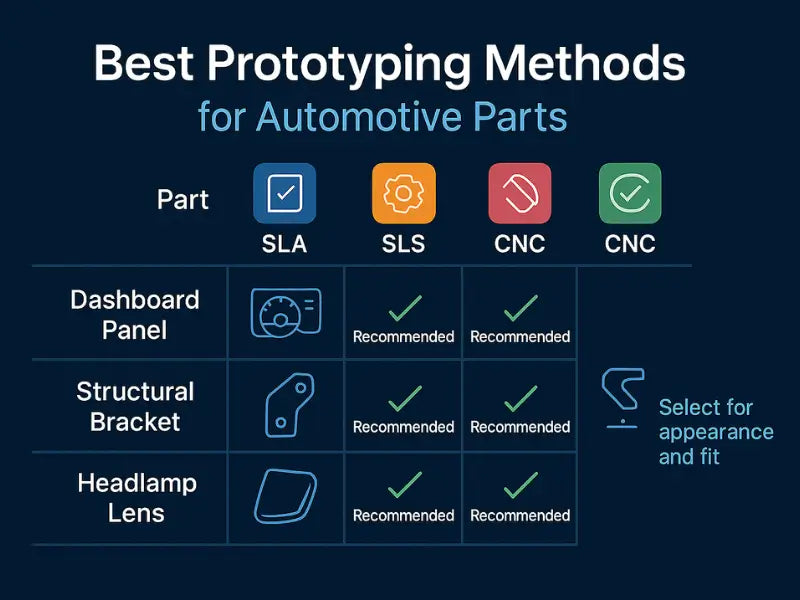
When to Use SLA for Automotive Prototypes
When to Use CNC Machining for High-Tolerance Needs
When to Combine Methods for Speed and Strength
Prompt Example: Plan a Dashboard Prototype in 48 Hours
How Top Brands Speed Up with Prototypes
